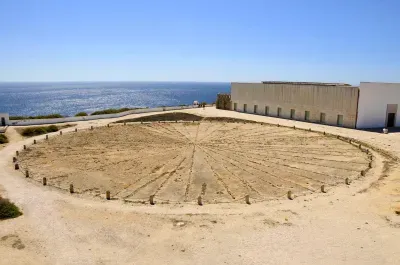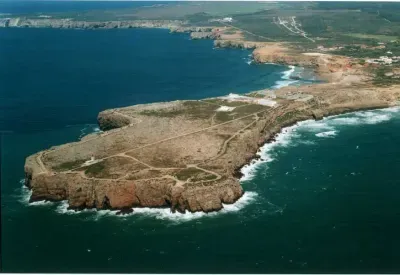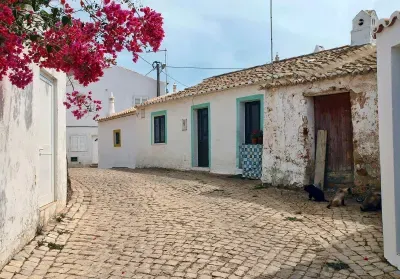Fortaleza de Sagres

The Fort of Sagres is located on a dramatic, narrow headland that juts out into the Atlantic Ocean to form Portugal's most south-westerly point. It dates back to the 15th Century, a time when the Portuguese coast was often the target of raids from the Barbary pirates who heralded from the nearby North African shores.
Rosa dos Ventos

The navigation school founded by Henry the Navigator at Sagres fortress played a key role in Portugal’s Age of Discoveries. On entering the fortress site, one of the first things to catch the eye is a huge circular stone paving measuring 43 metres in diameter. The Rosa dos Ventos or "Rose of the Winds" as it has since become known, was only excavated in 1919.
Sagres Point

Also known as the Promontorium Sacrum (sacred promontory), Sagres Point is both geographically and historically significant. Once considered the end of the known world by many it is in fact neither the most westerly or southerly point of Portugal (and therefore continental Europe). However, it can be considered the most southwestern-most point and it certainly maintains a feel of being the end of the world.
Igreja da Nossa Senhora da Graça - Sagres

The small, whitewashed Igreja da Nossa Senhora da Graça (church of Our Lady of Grace), in the precinct of Sagres fortress, was built in the 1570s on the site of a chapel first erected by order of Infante D. Henrique (Henry the Navigator).
